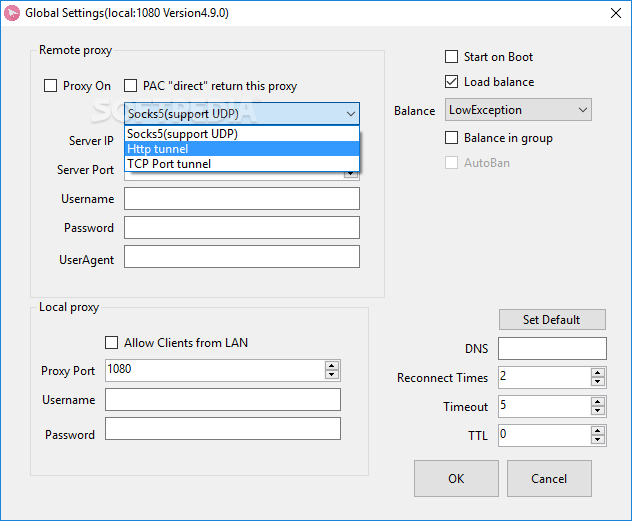
Other server implementations include one in Go, Rust, and C using the libev event loop library C++ with a Qt GUI and Perl. The original Python implementation can still be installed with Pip (package manager), but the contents of its GitHub repository have been removed. ĭespite the takedown, collaborators of the project have continued the development of the project. Danny O'Brien, from Electronic Frontier Foundation, published a statement on the matter. The removal of the projects got media's attention, with news outlets speculating about the possible connection between the takedowns and a distributed-denial-of-service attack targeting GitHub that happened several days later. Three days later, on 25 August, another proxy application, GoAgent, also had its GitHub repository removed.
#Shadowsocksr shadowsocks code#
The code of the project was subsequently branched with a removal notice. On 22 August 2015, "clowwindy" announced in a GitHub thread that they had been contacted by the police and could no longer maintain the project. Unlike an SSH tunnel, shadowsocks can also proxy User Datagram Protocol (UDP) traffic. Once connected, internet traffic can then be directed through the proxy.
#Shadowsocksr shadowsocks software#
Shadowsocks is not a proxy on its own, but (typically) is the client software to help connect to a third-party SOCKS5 proxy, which is similar to a Secure Shell (SSH) tunnel. It was created in 2012 by a Chinese programmer named "clowwindy", and multiple implementations of the protocol have been made available since. Shadowsocks is a free and open-source encryption protocol project, widely used in China to circumvent Internet censorship. Python Rust C# Kotlin Swift Objective-C C Go C++ You should also add the template to the talk page.A model attribution edit summary is Content in this edit is translated from the existing Chinese Wikipedia article at ] see its history for attribution.


Do not translate text that appears unreliable or low-quality.

Machine translation, like DeepL or Google Translate, is a useful starting point for translations, but translators must revise errors as necessary and confirm that the translation is accurate, rather than simply copy-pasting machine-translated text into the English Wikipedia.


 0 kommentar(er)
0 kommentar(er)
